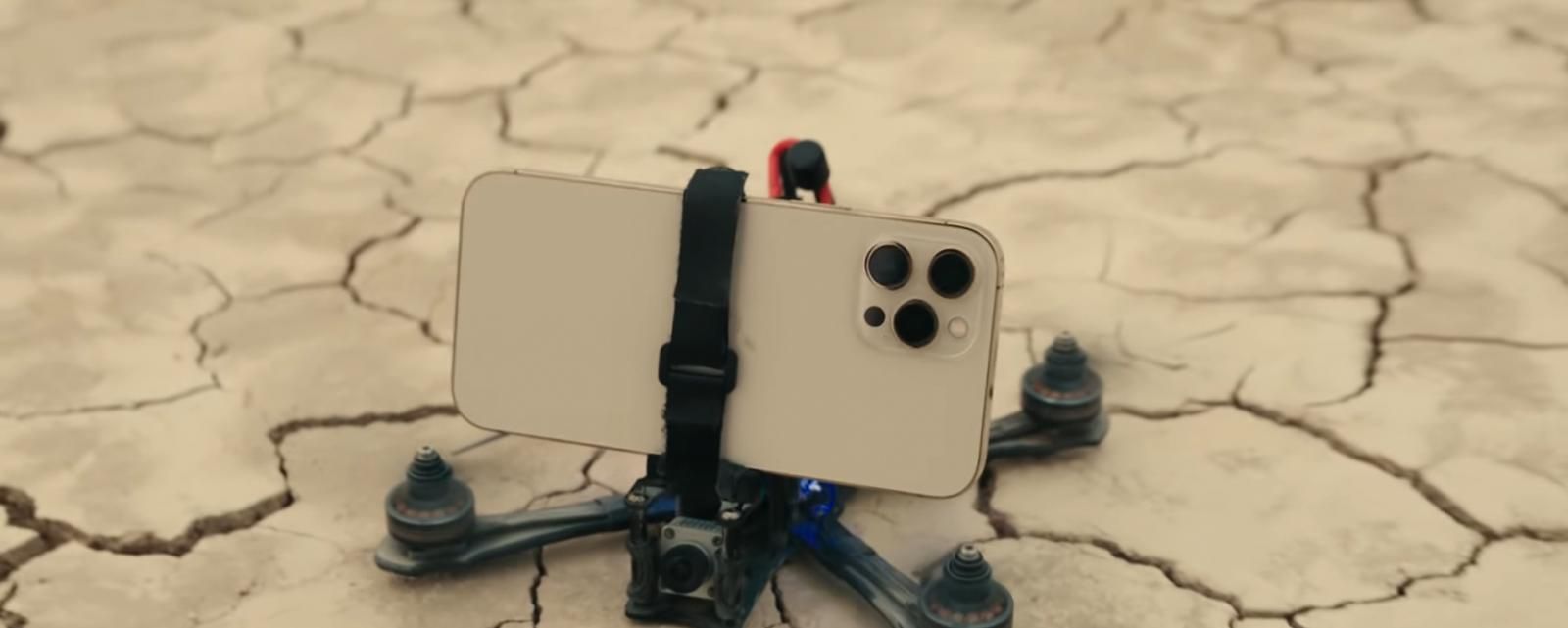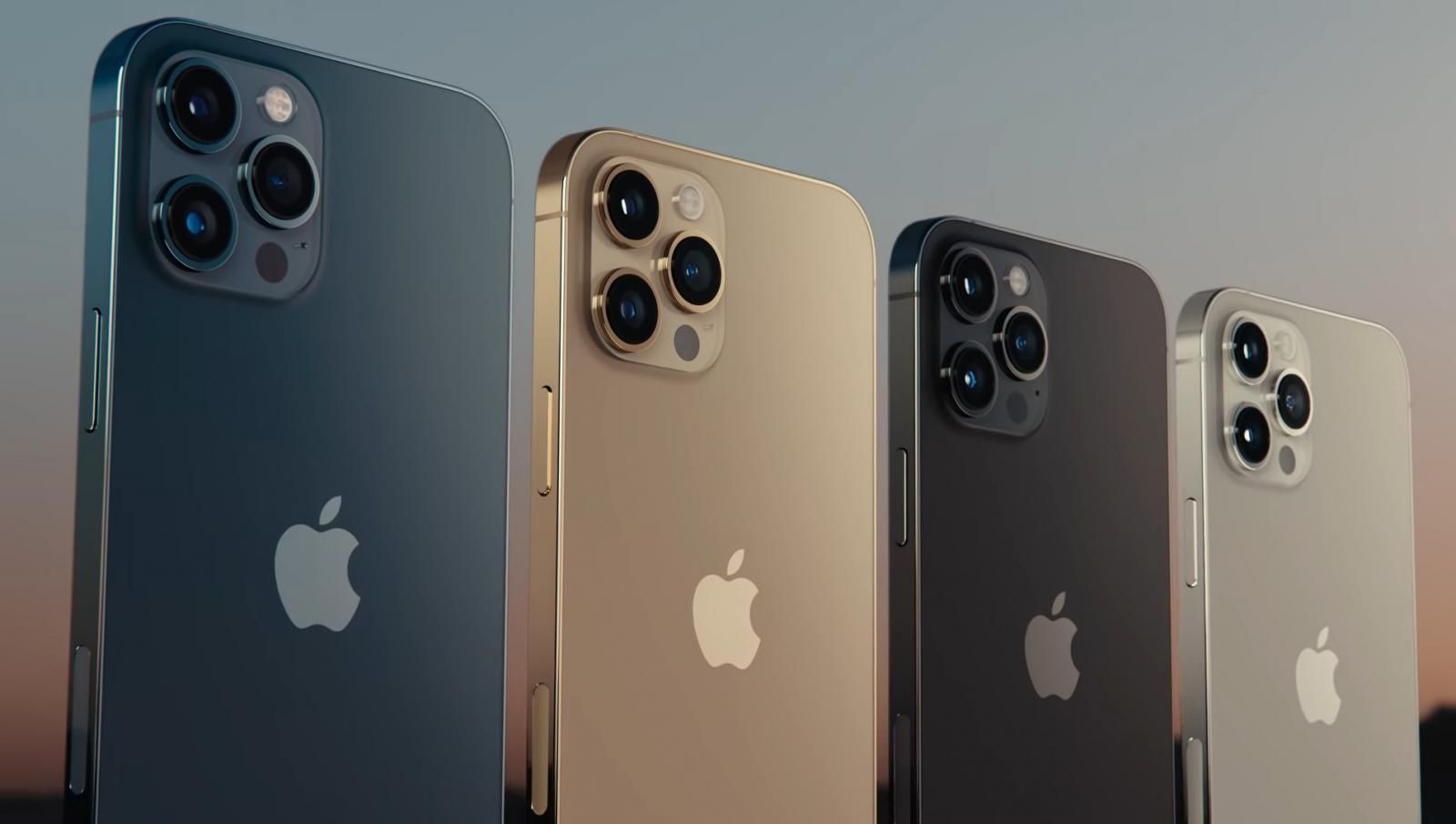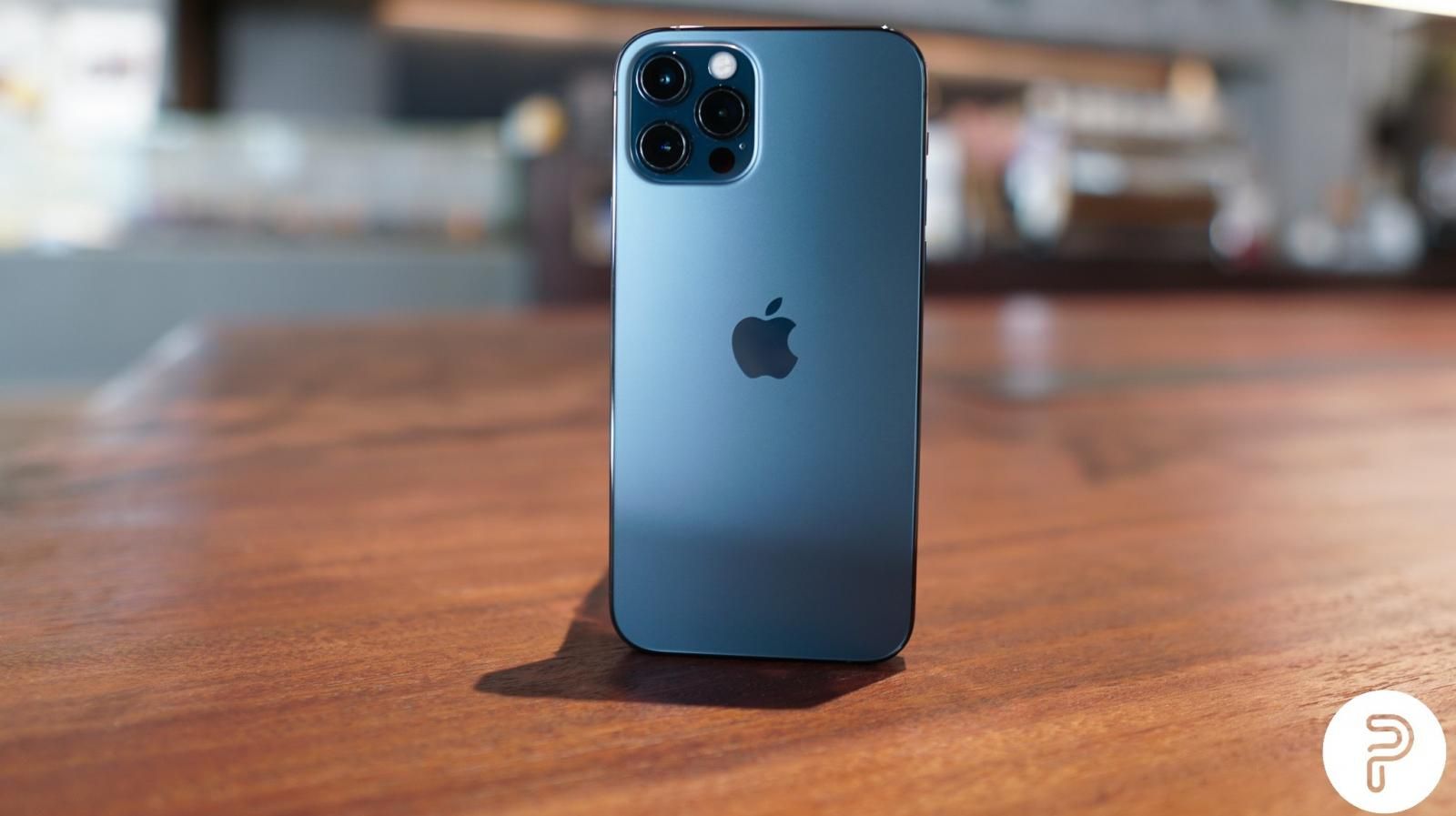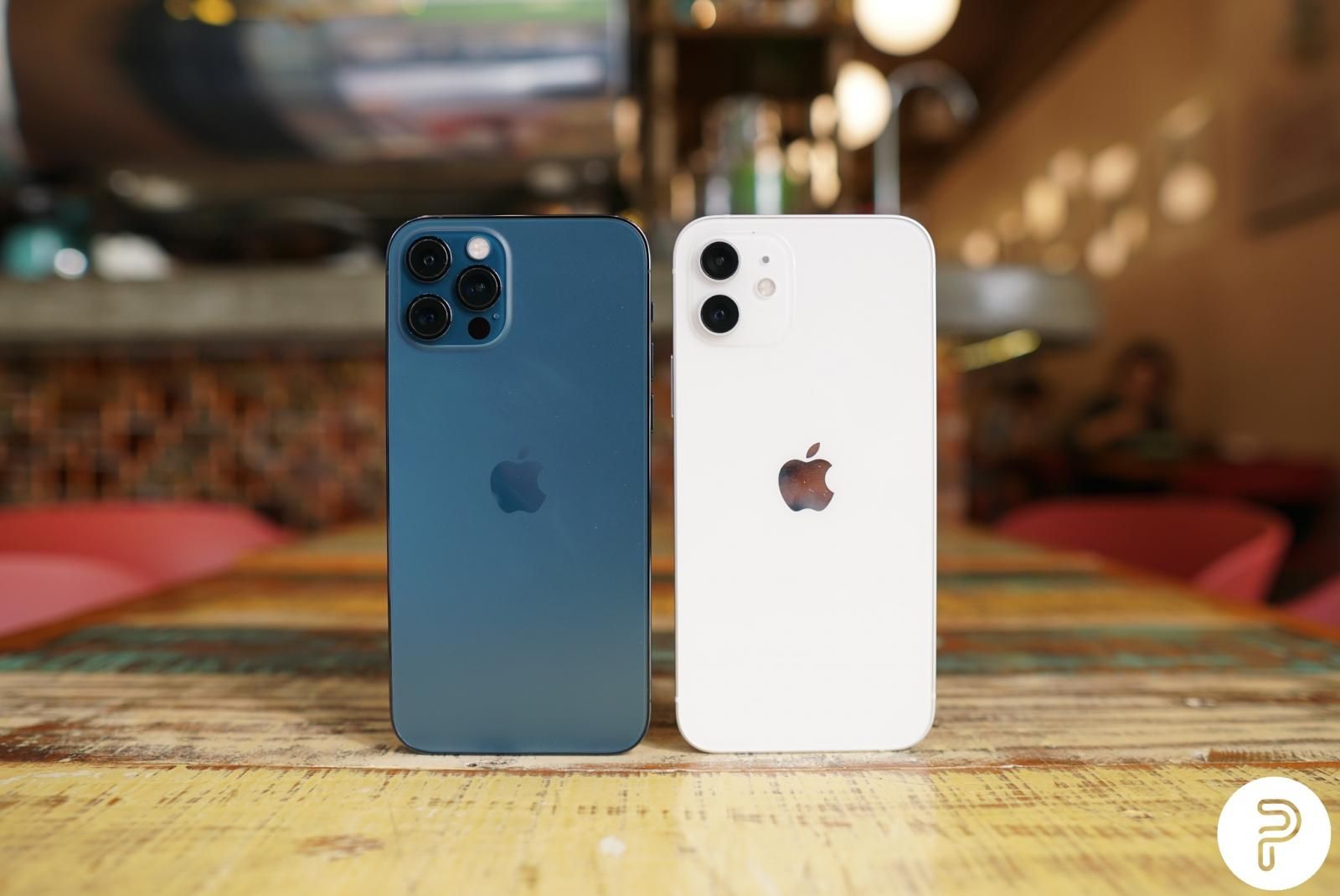The iPhone 12 and its Pro sibling have already hit the shelves, while the iPhone 12 Mini and the fully-loaded iPhone 12 Pro Max are merely days away from their market release. With a total of four devices to choose from across different price brackets, prospective iPhone buyers are spoilt for choice. And with Apple differentiating the two iPhone 12 Pro models with some meaningful camera hardware upgrades, the process of choosing the right iPhone 12 model is even more difficult this year than ever before. “So, should I buy the iPhone 12 Pro Max or the other iPhone 12?”
I, for one, have been asked this question way too many times in the past few weeks. So, let’s analyze the parameters where the iPhone 12 Pro Max stands tall (literally too) above its siblings, and if the upgrades it offers are meaningful to you. In the meanwhile, if you want a more comprehensive look at the difference between all four iPhone 12 models, read our detailed article documenting everything you need to know about Apple’s 4 new iPhones. Now, let’s answer the burning question, shall we?
iPhone 12 Pro Max is big, bold and bulky!
iPhone 12 Pro Max comes in a choice of four colors.
Let’s address the bulk of this question first. The iPhone 12 Pro Max is the largest phone Apple has made. EVER. And oh, it also happens to be the heaviest one. So, if you think you can handle giant phones such as the Galaxy Note20 Ultra or have used a ‘Max’ sized Apple phone in the past, the iPhone 12 Pro’s dimensions and bulk won’t trouble you much.
Moreover, do keep in mind that the iPhone 12 Pro Max has the highest resolution OLED display Apple has ever used on an iPhone. And since it is also huge at 6.7-inch diagonally, it is also the best option out of all iPhone 12 models for media consumption and gaming. Plus, the iPhone 12 Pro Max. alongside its smaller Pro sibling, offers a higher peak brightness of 1200 nits (typical), compared to the 625 brightness output of the iPhone 12 and the Mini model.
|
iPhone 12 Pro Max |
iPhone 12 Pro |
iPhone 12 |
iPhone 12 Mini |
|
6.7‑inch |
6.1‑inch |
6.1‑inch |
5.4‑inch |
|
2778‑by‑1284 pixels |
2532‑by‑1170 pixels |
2532‑by‑1170 pixels |
2340‑by‑1080 pixels |
|
458 ppi |
460 ppi |
460 ppi |
476 ppi |
|
800 nits (typical) |
800 nits (typical) |
625 nits (typical) |
625 nits (typical) |
|
1200 nits (HDR) |
1200 nits (HDR) |
1200 nits (HDR) |
1200 nits (HDR) |
The rest of the display characteristics such as True Tone technology, P3 color gamut, Ceramic Shield protection, 2,000,000:1 contrast ratio, and oleophobic coating are shared between all three models. Likewise, all four iPhone 12 series devices are IP68 certified and are claimed to survive up to 30 minutes of liquid immersion at a maximum depth of 6 meters. Of course, the MagSafe charging ring underneath the rear panel is shared between all four devices.
Talking about charging though, a bigger form factor also means you get a larger battery to power that gorgeous OLED panel. Here are the official battery endurance figures Apple touts for each iPhone 12 series device:
|
Video playback |
Video playback |
Audio playback |
|
|
iPhone 12 Mini |
Up to 15 hours |
Up to 10 hours |
Up to 50 hours |
|
iPhone 12 |
Up to 17 hours |
Up to 11 hours |
Up to 65 hours |
|
iPhone 12 Pro |
Up to 17 hours |
Up to 11 hours |
Up to 65 hours |
|
iPhone 12 Pro Max |
Up to 20 hours |
Up to 12 hours |
Up to 80 hours |
As usual, Apple has not officially revealed the mAh figures for the battery fitted inside each model. But as you can see in the table above, the iPhone 12 Pro Max will last you the longest on a single charge, be it video playback, audio playback, or just raw standby time. Needless to say, if you want your phone to last a full day on a single charge, the iPhone 12 Pro Max is your safest bet.
The peak wireless charging output via the MagSafe charger is 15W for all iPhone 12 series devices, Qi wireless charging performance is capped at 7.5W, while wired fast charging (using a 20W or higher capacity adapter) will juice up the battery from 0-50% in just around 30 minutes on all four iPhone 12 series devices.
iPhone 12 Pro uses a less powerful telephoto lens compared to the iPhone 12 Pro Max
However, there is one small difference in the build quality of the Pro models compared to the rest two iPhone 12 offerings. The side rails on the iPhone 12 Pro and its Max sibling are made out of a surgical-grade stainless steel band that meets a glass rear panel with a matte finish. As for the iPhone 12 and the Mini version, Apple has employed aerospace-grade aluminum for the enclosure.
Of course, the color palette for the Pro models is also different, and a bit more premium if you ask me. The iPhone 12 Pro and its Max sibling come in four trims – graphite, silver, gold, and pacific blue. As for the iPhone 12 Mini and the vanilla iPhone 12, Apple is offering an array of bright color options to choose from, which include blue, green, black, white, and (PRODUCT)RED.
Coming to the internals, Apple has armed the entire iPhone 12 portfolio with the A14 Bionic chip that is paired with the new neural engine chip. Apple has not revealed the amount of RAM fitted inside each model, but the Pro models have traditionally packed in more memory if teardowns are anything to go by. However, we do know the amount of storage that each iPhone 12 series device comes equipped with. Have a look at the storage options on the table, and how much you need to pay for each one:
|
64GB |
128GB |
256GB |
512GB |
|
|
iPhone 12 Mini |
$699 |
$749 |
$849 |
——- |
|
iPhone 12 |
$799 |
$849 |
$949 |
——- |
|
iPhone 12 Pro |
—– |
$999 |
$1,099 |
$1,299 |
|
iPhone 12 Pro Max |
—– |
$1,099 |
$1,199 |
$1,399 |
iPhone 12 Pro Max – Camera king of the family
The key difference, and probably the biggest reason for picking up the iPhone 12 Pro Max over the rest of its siblings, is the camera hardware. As you can clearly see from the design itself, the iPhone 12 Pro Max has three rear cameras (wide + ultra-wide + telephoto) akin to the iPhone 12 Pro as well as a LiDAR sensor, while the iPhone 12 and iPhone 12 Mini only have two cameras (wide + ultra-wide) and no LiDAR sensor.
The megapixel count has remained the same at 12MP for all three sensors at the back, but Apple has tweaked a few parameters such as focal length, sensor size, and stabilization tech to offer some notable upgrades internally. However, before we get into the differences, here’s a quick overview of the entire iPhone 12 portfolio’s camera hardware:
|
iPhone 12 and iPhone 12 Mini |
iPhone 12 Pro and iPhone 12 Pro Max |
|
Ultra-wide: f/2.4 aperture and 120° field of view |
Ultra-wide: f/2.4 aperture and 120° field of view |
|
2x optical zoom out |
iPhone 12 Pro: |
|
Digital zoom up to 5x |
iPhone 12 Pro: |
|
—————– |
Night mode portraits enabled by LiDAR Scanner |
|
Portrait mode with advanced bokeh and Depth Control |
Portrait mode with advanced bokeh and Depth Control |
|
Optical image stabilization (Wide) |
Dual optical image stabilization (Wide and Telephoto) |
|
—————– |
Sensor-shift optical image stabilization (iPhone 12 Pro Max Wide) |
|
5‑element lens (Ultra Wide) |
5-element lens (Ultra Wide) |
|
Night mode (Ultra Wide, Wide) |
Night mode (Ultra Wide, Wide) |
|
Deep Fusion (Ultra Wide, Wide) |
Deep Fusion (Ultra Wide, Wide, Telephoto) |
|
Smart HDR 3 with Scene Detection |
Smart HDR 3 with Scene Detection |
|
—————– |
Apple ProRAW |
Now, let’s get into the details. Unlike the iPhone 11 Pro and iPhone 11 Pro Max last year, both of which had identical camera hardware, Apple has made some tangible changes to justify the price gap between the iPhone 12 Pro and its Max variant. Starting with the main wide camera, the iPhone 12 Pro Max’s 12MP (f/1.6) wide camera uses a 1.7-micron sensor which is 47% larger and brings in 87% more light. Apple promises a big jump in low-light photography courtesy of the larger sensor.
Another key change is that the iPhone 12 Pro Max relies on a different stabilization technology called Sensor-Shift Stabilization, while the iPhone 12 Pro employs the standard optical image stabilization trick. In a nutshell, Sensor-Shift Stabilization moves the whole image sensor inside the camera using electrical actuators to makeup for hand movements, thereby helping uses capture blur-free photos and smoother videos. In contrast, regular optical image stabilization moves only the lens element inside the camera, and not the sensor.
Camera hardware of iPhone 12 Pro vs iPhone 12 Pro Max
The 12MP telephoto camera on the iPhone 12 Pro duo looks identical on paper, but there are a few differences here too. The telephoto camera on the iPhone 12 Pro uses a 52mm lens and has an f/2.0 aperture, while the telephoto camera on iPhone 12 Pro Max packs a larger 65mm lens and offers an f/2.2 aperture. Consequentially, the iPhone 12 Pro Max also offers a higher 5x optical zoom and 12x digital zoom range, while the iPhone 12 Pro is limited to 4x optical zoom and 10x digital zoom.
As for the software tricks and video capabilities (resolution and frame rate numbers), the iPhone 12 Pro and iPhone 12 Pro Max are identical. But when compared to the iPhone 12 and the iPhone 12 Mini, the iPhone 12 Pro pair takes a lead by exclusively offering features such as Night Mode portraits, and the ability to record Dolby Vision HDR videos at up to 60fps frame rate, while the non-Pro iPhone 12 models are limited to 30fps.
Another key difference is support for Apple ProRAW, which is limited to the iPhone 12 Pro and its Max variant only. In case you’re wondering, Apple ProRAW is a new image format that combines the advantages offered by RAW capture with Apple’s own computational photography techniques like Deep Fusion and Smart HDR 3. So, if you record a lot of videos and want more control as well as versatility, the iPhone 12 Pro Max should be your next iPhone!
iPhone 12 and iPhone 12 Pro
Coming to the front camera though, all four iPhone 12 models employ the same 12MP TrueDepth camera with an f/2.2 aperture. Camera tricks such as Smart HDR 3 for photos, 4K cinematic video stabilization, Dolby Vision HDR video capture at 30fps, Night Mode, and Deep Fusion are all identical.
iPhone 12 Pro Max: Yay or Nay?
If you want the best that Apple has to offer right now, the iPhone 12 series will present you with a lot of ‘ifs’ and ‘buts.’ But here’s the sum of it all. If cutting edge camera capabilities are something that you seek above all else, have no qualms with the ginormous size, and don’t have budget constraints, the iPhone 12 Pro Max is the best bet. Heck, it is arguably the best phone on the planet right now, especially when it comes to camera capabilities. Plus, you also get a larger battery and a more immersive display for multimedia consumption.
However, if you want a smaller phone that still packs a punch when it comes to imaging prowess, the iPhone 12 Pro is your bet. But if you’re bound by a tight budget and still want to experience the latest that Apple has to offer, the iPhone 12 won’t leave you wanting for more, or at least that’s what the reviews suggest. And like me, if you also desire all that iPhone 12 firepower in a super-compact form factor, the iPhone 12 Mini might just be the phone of your dreams.
In case you’ve already made up your mind regarding which iPhone 12 model you are going to buy, you certainly will be on the lookout for accessories soon. If yes, check out our lists detailing the best iPhone 12 series accessories such as protective cases, charging adapters, and more on the Pocketnow website. In the meanwhile, check out our first impressions video of the iPhone 12 and the iPhone 12 Pro. And do let us know which iPhone 12 series device are you purchasing this year (or the next) in the comments section below!





